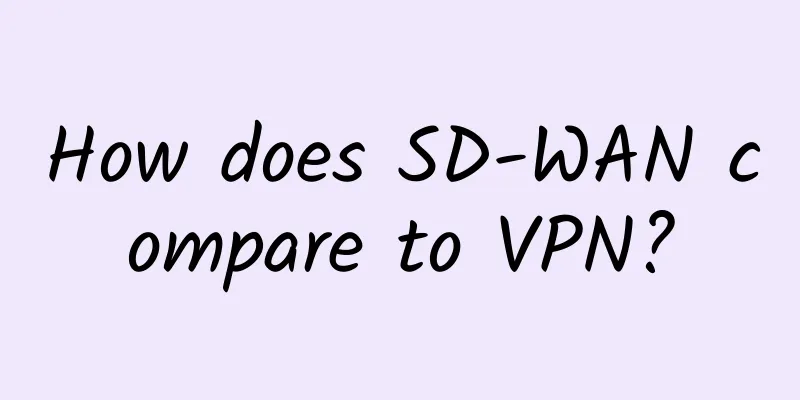Five elements for building a private 5G network

|
5G is the first technology to be associated with ‘digital transformation.’ It is often referred to as a ‘mobile edge’ technology, which will be deployed at the edge and will enable many interesting use cases including Industry 4.0. The three major technology enablers promised by 5G are: eMBB (enhanced mobile broadband), URLLC (ultra-reliable low latency communications) and mMTC (massive machine type communications). All of these technology enablers can be perfectly applied to the digital transformation of various industries, including manufacturing, healthcare, education, defense, utilities, smart cities, etc. Benefits of Private 5G NetworksPrivate 5G networks are local cellular networks owned and operated by individual organizations, rather than relying on public cellular infrastructure provided by traditional network operators. These networks are designed to serve specific organizations or limited geographic areas. Wi-Fi is the primary wireless technology used by industry and other businesses today. Private 5G networks offer higher speeds and lower latency than traditional networks. This means faster data transfer, improved real-time communications, and seamless connectivity, enabling businesses to take advantage of applications that require high performance. With dedicated infrastructure and localized coverage, private 5G networks offer greater reliability and security. They can be optimized for mission-critical applications, ensuring uninterrupted connectivity even in challenging environments. These networks are isolated from public networks, providing an additional layer of protection against cyber threats and unauthorized access. Private 5G networks also have the ability to handle a large number of devices at the same time. This is particularly important for applications such as industrial IoT, smart cities and autonomous vehicles, which require seamless connection and coordination of large numbers of devices. How to build a dedicated 5G networkA digital transformation solution using private 5G consists of five key elements. UE (User Equipment): refers to the end-user device or equipment connected to the 5G network. The terminal can be any device capable of communicating over the network, such as smartphones, tablets, laptops, 5G-enabled cameras, IoT gateways, 5G modems, fixed CPE, plug-in terminals (dongles, Mi-Fi devices, video bridges), chipsets/modules. In 5G networks, SIM/eSIM is the component that acts as the terminal identity. Spectrum and SAS (Spectrum Access System): Spectrum availability is one of the key drivers for enabling private 5G deployments. The Spectrum Access System (SAS) is responsible for managing and authorizing access to the radio spectrum, ensuring efficient and interference-free sharing among different users. The SAS determines the availability of spectrum in a specific geographic area and time. Based on the spectrum availability, the SAS allocates specific channels or bandwidth portions to devices. Radio/CBSD: CBSDs (Citizens Broadband Radio Service Devices) are devices used to access spectrum and provide radio coverage and capacity. They can be thought of as equivalent to access points, which radiate RF power, have antenna characteristics, and are located. Two categories are defined:Class A (indoor, low power (maximum EIRP: 30dBm, <1W/10MHz, self-installed, outdoor antenna height limit is 6m), and Class B (outdoor, high power (47dBm/10MHz), professional installation). Core Network: They can be considered as smart routers that also perform UE authentication. Network management systems can also be included in the core infrastructure deployment. Edge applications: These are the applications that drive the use of private 5G networks. These applications can be based on AR/VR, video analytics, edge machine learning inference, or any other application that uses a high-throughput, low-latency private 5G network to connect to the UE. in conclusionAs deployments of private 5G networks continue to expand, we can foresee an unprecedented era of innovation, automation, and connectivity that will reshape industries and pave the way for a more connected future. |
<<: Overview of 5G Industry Terminal Development
>>: How the global 5G network will reshape future defense strategies
Recommend
Why are operators competing to launch new 4G packages as 5G is the mainstream?
[[406115]] In 2021, when 5G is rapidly popularize...
Little-known trick! How to draw a standard square in Excel
I turned on my computer and opened my beloved Exc...
The battle between 4G+ and all-network service triggered by mysterious letter
Recently, a local company of a certain operator s...
The price of 4G mobile chips will rise instead of fall in the second half of 2021
As mobile chip suppliers focus more on 5G solutio...
Intelligent wireless coverage solutions in complex industrial environments
Recently, NTT has provided customers with intelli...
The impact of the novel coronavirus on remote networking
As the new coronavirus spreads widely, many compa...
[11.11] Tencent Cloud 2C2G4M cloud server starts at only 50 yuan/year, 2C4G6M cloud server only 100 yuan/year
Tencent Cloud has launched this year's 11.11 ...
vSwitch expansion in the Ack cluster Terway network scenario
[[442525]] Table of contents 1. Terway Network In...
Overview of Telecommunications Industry Development in 2017
The telecommunications industry is a hot field th...
RAKsmart: Dedicated servers starting at $30/month, 1-10Gbps bandwidth, unlimited traffic available
RAKsmart's year-end promotion is in full swin...
Cisco Chairman and CEO Chuck Robbins delivered a speech at the China Development Forum 2020: Innovation and cooperation promote prosperity and development
On November 11, 2020, the 2020 China Development ...
80VPS Japanese data center VPS simple test
Recently, the promotional activities and efforts ...
5G co-construction and sharing: the simple "saving money" mentality is not advisable
On June 6, after China issued 5G commercial licen...
5G base stations are shut down regularly every day. Even the richest operators cannot afford the electricity bills for 5G base stations.
[[335436]] This article is reprinted from the WeC...
RAKsmart independent IP virtual host is online, unlimited traffic/unlimited domain name, 40% off for monthly payment and 30% off for annual payment, starting from $13.23/year
RAKsmart's product line has been further enri...




![[11.11] Megalayer: 50% off on regular VPS, Hong Kong/Philippines/US VPS starting at 159 yuan per year](/upload/images/67cac22f4c904.webp)




